High above the city of Zurich, in a side wing of the main ETH building, very special treasures are stored: Around 160,000 sheets of prints, drawings and photographs are stored here in a multitude of inconspicuous black archive drawers, well protected from light and other environmental influences. "Some people may be surprised that ETH Zurich has such a large art collection," says Linda Schädler, Head of ETH’s Collection of Prints and Drawings. But there is a reason for this - and a long history.
Promoting an "open mind" with art
"The Collection of Prints and Drawings was originally established in 1867 for the students and researchers of ETH Zurich," explains Linda Schädler. From the very beginning, the Federal Polytechnic - as ETH Zurich was still called at the time - placed great importance on the "studium generale": students should not only be trained in scientific and technical subjects, but also acquire knowledge in other disciplines. In order to promote such an "open mind", a professorship for art history and archaeology had already existed at ETH since its foundation in 1855.
However, people did not travel as frequently back then as they do today, and photography was not yet widespread. Therefore, anyone who wanted to learn about art in the 19th century often looked at reproductions, for example etchings or engravings of an original painting. These prints were printed in an edition - so they were not only available as a one-off copy - and thanks to their light weight, they were easier to transport than some originals.
To make the world of art accessible to ETH researchers and students, Johann Gottfried Kinkel, the third professor of art history and archaeology at ETH, decided in 1867 that the university needed a "Kupferstichkabinett" for study and teaching purposes. This was the starting signal for today's Collection of Prints and Drawings.
Old masters promote reputation
Johann Gottfried Kinkel acquired around 11,000 single sheets and 150 bound engravings as his first basic stock. A good twenty years later, around 12,000 prints were added - including works by old masters such as Albrecht Dürer, Rembrandt and Franzisco de Goya - which were donated to the Collection of Prints and Drawings by Zurich banker Heinrich Schulthess-von Meiss. With this enlarged, valuable collection, the Collection of Prints and Drawings became known beyond the university.
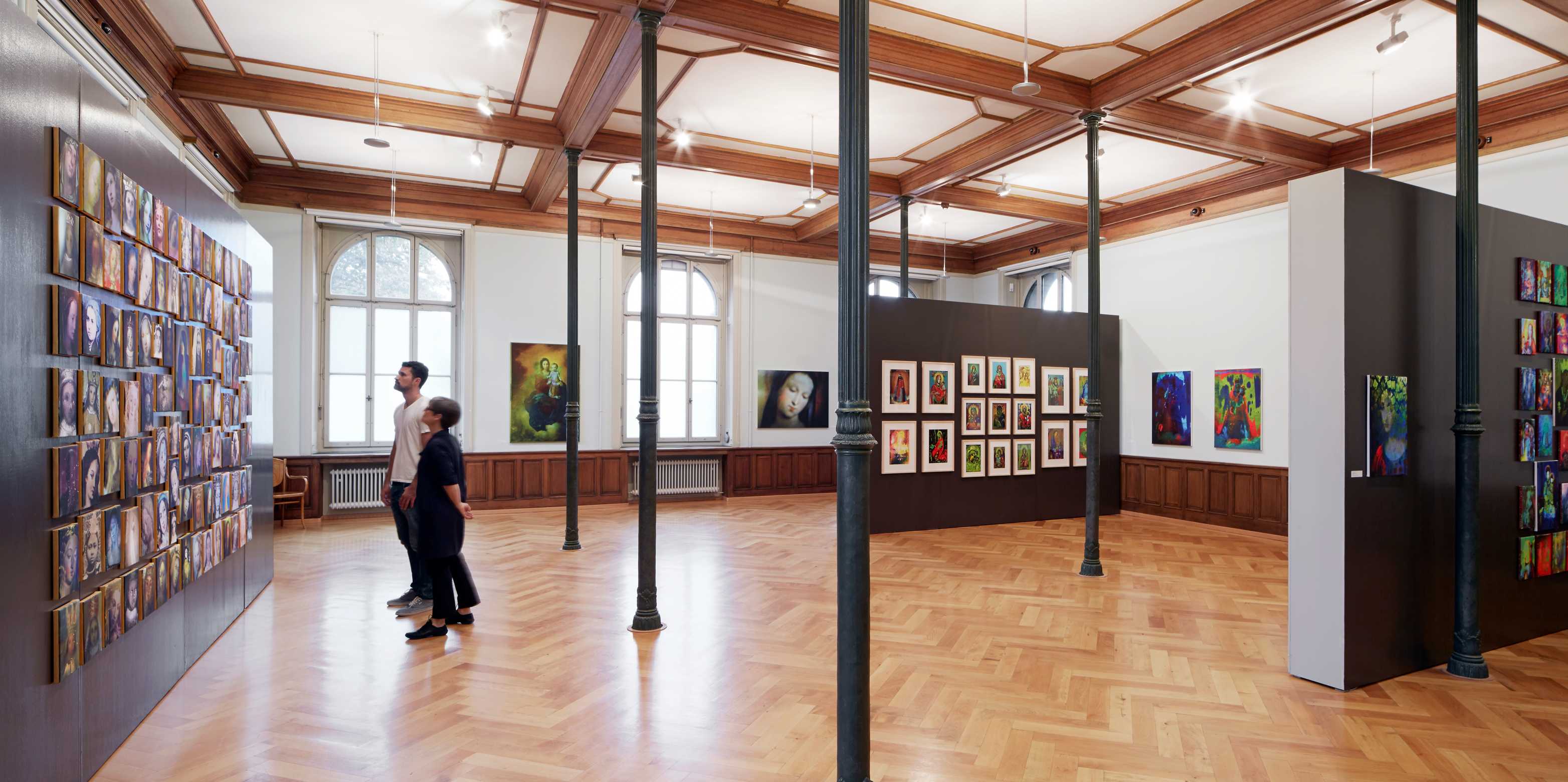
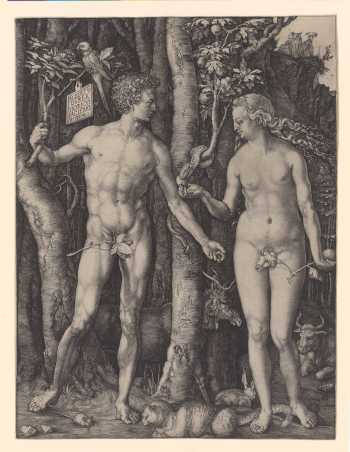
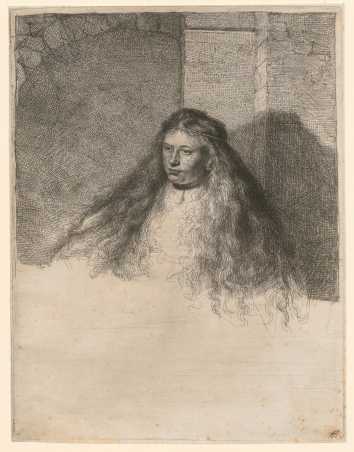
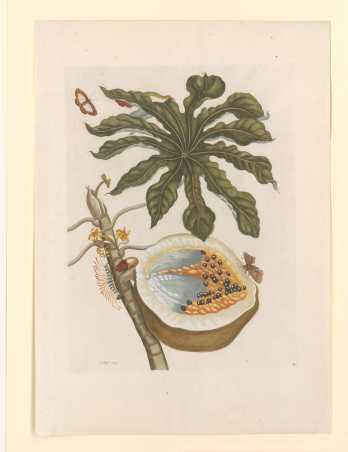
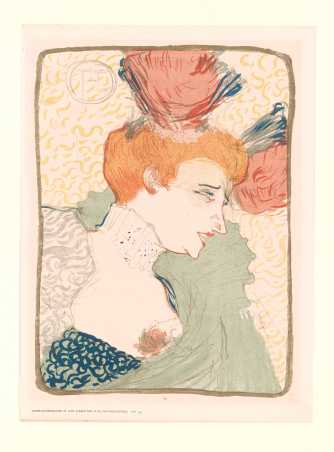
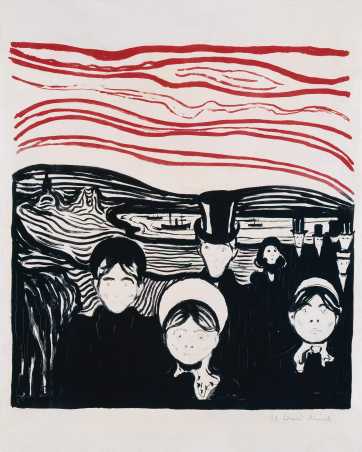
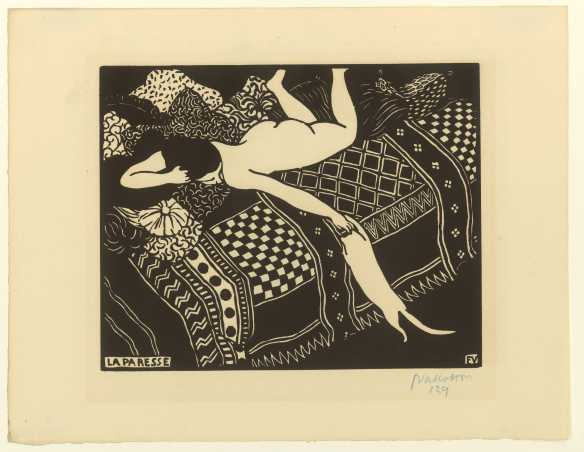
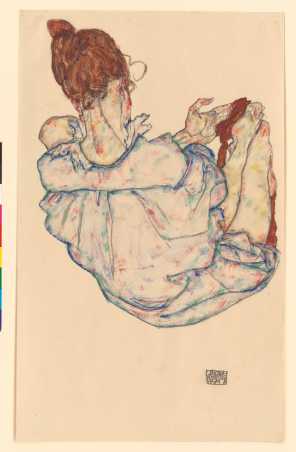
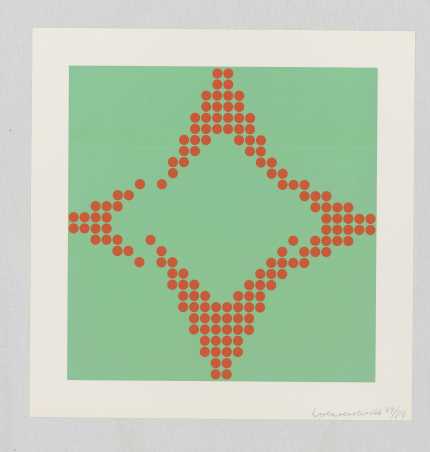
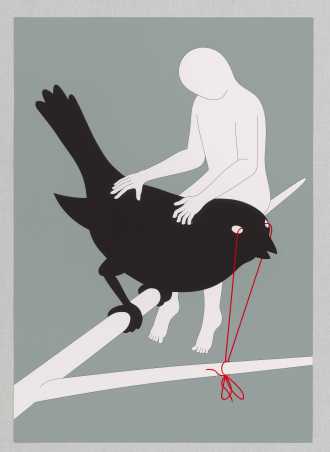
Comments
No comments yet